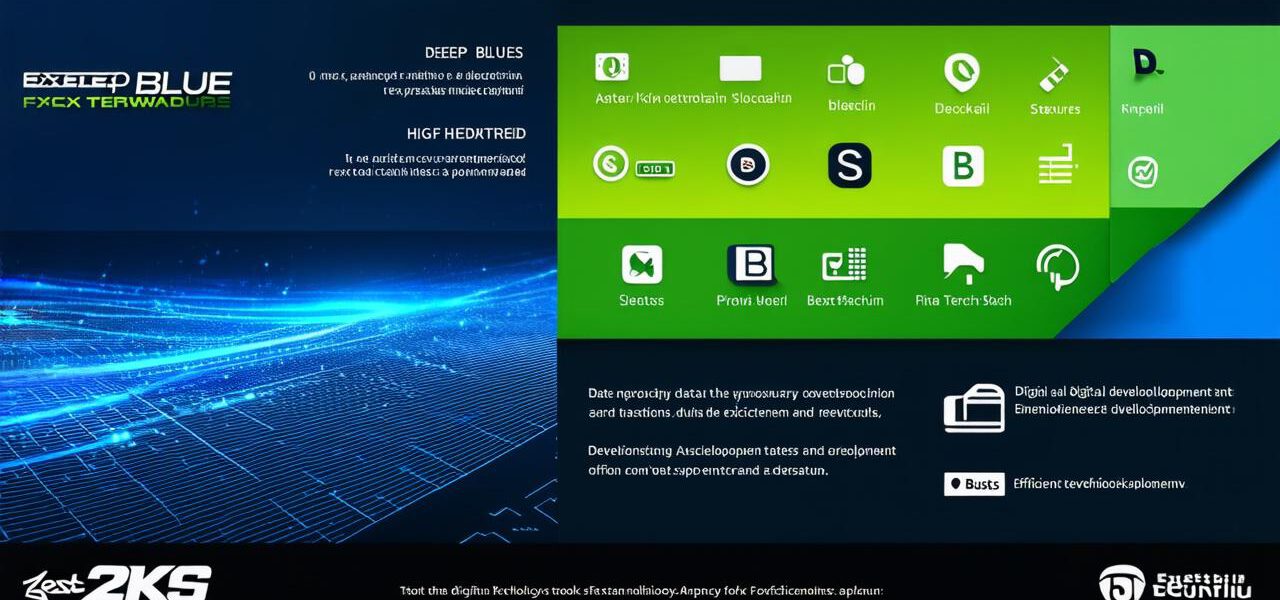
Best technology stack for developing blockchain applications
1. Ethereum and Solidity
Ethereum is the most popular blockchain platform for building decentralized applications (dApps). It allows developers to create smart contracts that can execute on a blockchain, making it an ideal choice for building dApps. Solidity is the programming language used to write smart contracts on Ethereum. It is based on JavaScript and has its own syntax and features.
Pros:
- Ethereum has a large community of developers, which means there is plenty of support available.
- Smart contracts can be used to automate many tasks, making it easier to build and maintain dApps.
- Solidity is a well-established programming language that is easy to learn and use.
Cons:
- Ethereum has been experiencing scalability issues, which can make it slow and expensive to run applications on the network.
- Solidity is still a relatively new language, which means there are some bugs and limitations that need to be addressed.
- The Ethereum network can be prone to security vulnerabilities, which can put user data at risk.
2. Hyperledger Fabric
Hyperledger Fabric is an open-source blockchain platform that is designed for enterprise use cases. It allows developers to create private and permissioned blockchains that can be used for a variety of purposes, such as supply chain management and identity verification.
Pros:
- Hyperledger Fabric is highly customizable, which means it can be tailored to specific business needs.
- The platform supports multiple programming languages, including Java, Go, and Node.js.
- Hyperledger Fabric has built-in security features that make it easier to protect sensitive data.
Cons:
- Hyperledger Fabric is still a relatively new technology, which means there are some limitations and bugs that need to be addressed.
- The platform can be complex to set up and configure, which can make it difficult for less experienced developers to get started.
- Hyperledger Fabric is not as widely used as Ethereum, which means there may be limited support available.
3. Corda
Corda is a blockchain platform that is designed specifically for enterprise use cases. It allows developers to create private and permissioned blockchains that can be used for a variety of purposes, such as identity verification and supply chain management.
Pros:
- Corda has built-in security features that make it easier to protect sensitive data.
- The platform is highly customizable, which means it can be tailored to specific business needs.
- Corda supports multiple programming languages, including Java, Kotlin, and Go.
Cons:
- Corda is still a relatively new technology, which means there are some limitations and bugs that need to be addressed.
- The platform can be complex to set up and configure, which can make it difficult for less experienced developers to get started.
- Corda is not as widely used as Ethereum or Hyperledger Fabric, which means there may be limited support available.
4. Ripple
Ripple is a blockchain platform that is designed specifically for financial transactions. It allows banks and other financial institutions to make fast and cost-effective cross-border payments without the need for intermediaries.
Pros:
- Ripple has built-in security features that make it easier to protect sensitive data.
- The platform supports multiple currencies, making it easy to conduct transactions in different parts of the world.
- Ripple is widely used by financial institutions, which means there is plenty of support available.
Cons:
- Ripple is not a decentralized blockchain platform, which means it relies on a central authority to validate transactions.
- The platform can be expensive to use, especially for small businesses.
- Ripple is only suitable for financial transactions, which limits its usefulness for other types of applications.
FAQs
1. What is a blockchain technology stack?
A blockchain technology stack is a collection of tools and technologies that are used to build blockchain applications. It includes the programming language, development framework, database, and other components that are needed to create a functioning blockchain application.
2. What are the benefits of using a blockchain technology stack?
Using a blockchain technology stack can provide several benefits, including increased security, transparency, and immutability. It also allows developers to build applications more quickly and efficiently, which can save time and money.
3. What are the risks of using a blockchain technology stack?
There are several risks associated with using a blockchain technology stack, including scalability issues, security vulnerabilities, and technical limitations. It is important to carefully consider these risks before choosing a technology stack for your blockchain application.
4. How do I choose the best technology stack for my blockchain application?
When choosing a technology stack for your blockchain application, it is important to consider factors such as scalability, security, and ease of use. You should also consider the specific needs of your application and choose a stack that can meet those needs. It may be helpful to consult with an experienced blockchain developer or consultant to get guidance on which stack to choose.
Summary
In conclusion, there are several technology stacks available for developing blockchain applications. Each stack has its own strengths and weaknesses, so it is important to carefully consider your options before making a choice. By choosing the right technology stack, you can build a blockchain application that is secure, scalable, and easy to use.



